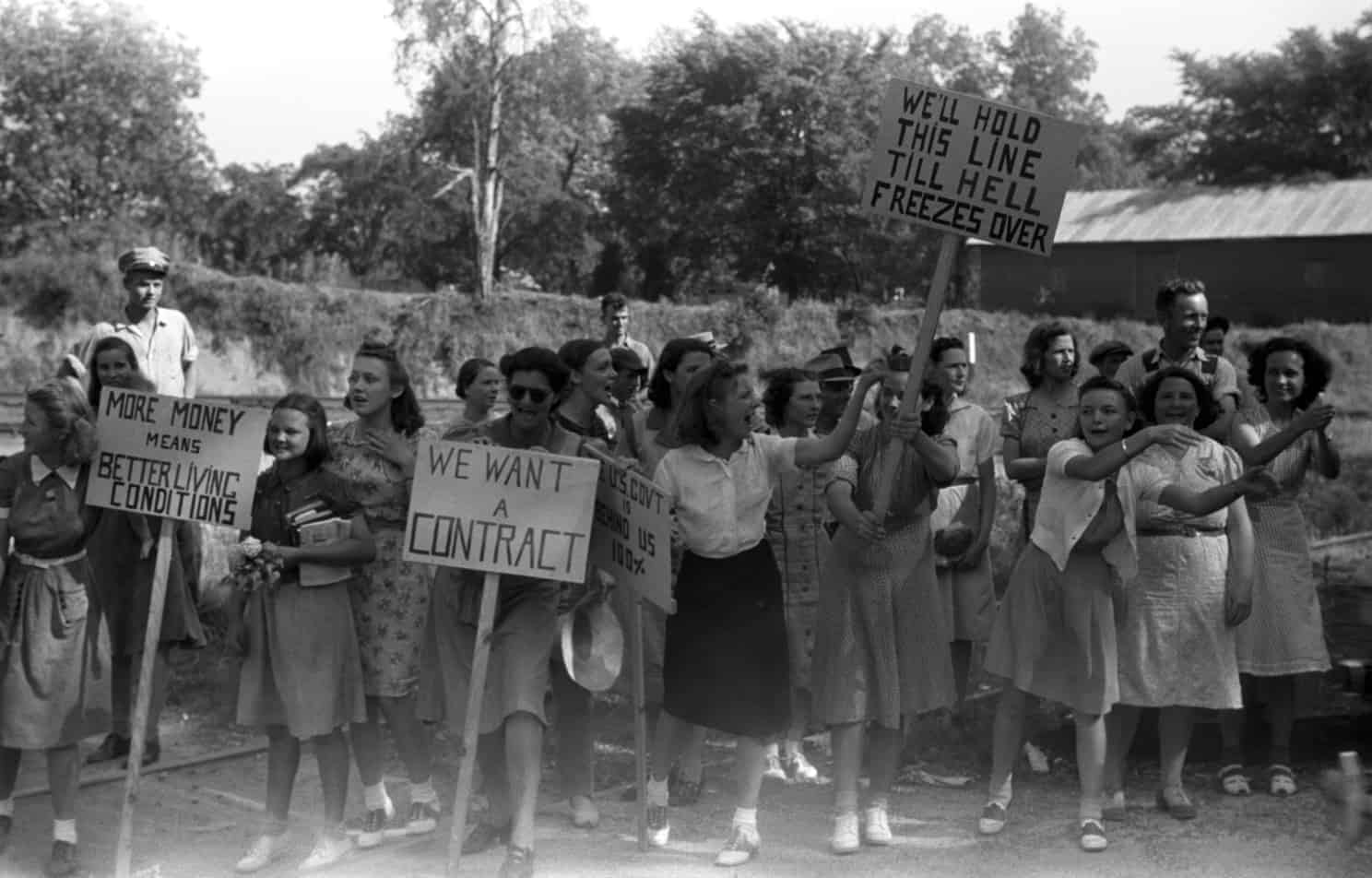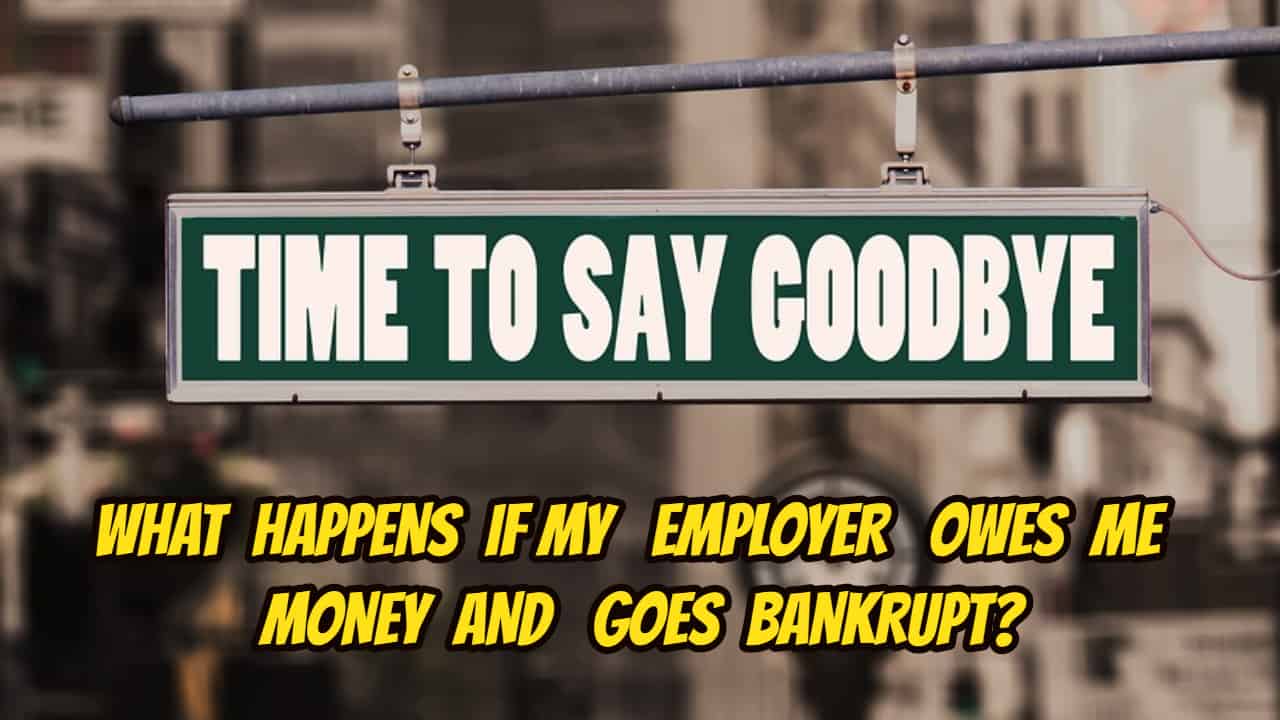
WEPPA calculation: Introduction
As part of the Federal Budget 2018, the Wage Earner Protection Program Act calculation (WEPPA calculation) has increased the maximum payout. We have written before about the Wage Earner Protection Program Act (WEPPA). However, to understand the recent change, it would make sense for me to check again what the WEPPA is.
How did it arise?
A change to the Bankruptcy and Insolvency Act (Canada) (BIA) developed a device for employees of an employer that entered either bankruptcy or receivership to be paid for wages or benefit claims owed, built up in the 6 months before the company became bankrupt or was put into receivership.
The WEPPA became legislation because of the federal government’s previous worry that when you experienced “my firm owes me money and declared bankruptcy” there was seldom a possibility for workers to get any of the salaries owed.
WEPPA calculation: Who can’t file?
.Nevertheless, you are normally not qualified if, throughout the duration for which qualified earnings are overdue, you:
- were a director or officer of the company;
- had a management position in the company; or
- were management whose duties consisted of making financial decisions and/or making binding choices on the settlement or non-payment of amounts owing.
WEPPA calculation Canada: Who is qualified for the WEPP?
You might be if:
- your previous company has actually entered bankruptcy or receivership; and
- you have unpaid wages, salaries, vacation pay or reimburse expenses from the company during the 6 months prior to the date of bankruptcy or receivership.
WEPPA calculation: Budget 2018 maximum payout increase
The WEPPA gives financial backing to Canadian employees, owed money when their company goes into either bankruptcy or receivership. The WEPPA offers a prompt settlement of qualified earnings. The amount of qualified earnings is an amount equal to 4 weeks maximum insurable earnings under the Employment Insurance Act ($3,977 for 2018).
The Federal government in its Budget 2018 stated that the maximum payout would be increased by raising the maximum settlement from 4 weeks to 7 weeks of insurable revenues, which will amount to $6,960 in 2018. This is a boost of nearly $3,000 for each former employee. The rise to the maximum payout received Royal Assent on December 13, 2018. This increased calculation is retroactive for bankruptcies or receiverships that happened on or after February 27, 2018, the day Budget 2018 was tabled.
Receivers and licensed insolvency trustees (LIT) (formerly called bankruptcy trustees) are obliged to tell employees of the Wage Earner Protection (WEPP) program and give employees details about amounts owing to them. From the day of bankruptcy or receivership, trustees and receivers have 45 days to send Trustee Information Forms showing the amounts owing to employees. Employees have 56 days to send their Service Canada WEPP application to the WEPP. The present handling time for a WEPP settlement is within 35 days of receipt of a finished WEPP Canada application and Trustee Information Form.
WEPPA calculation: Do you have way too much debt?
Have you lost your job because your employer went into bankruptcy or receivership? Is the pain and stress of too much debt now negatively affecting your health?
If so, contact the Ira Smith Team today. We have decades and generations of helping people and companies in need of financial restructuring and counselling. As a licensed insolvency trustee, we are the only professionals licensed and supervised by the Federal government to provide debt settlement and financial restructuring services.
We offer a free consultation to help you solve your problems. We understand your pain that debt causes. We can also end it right away from your life. This will allow you to begin a fresh start, Starting Over Starting Now. Call the Ira Smith Team today so that we can begin helping you and get you back into a healthy, stress-free life.
To all my readers, I wish you and your family a very Merry Christmas and Happy Holidays.
[monkeytools msnip=”http://memochimp.com/memo.php?u=4931&p=3613″]


